Make calendula ointment at home with your garden calendula and keep some in your first aid kit for soothing skin irritations, bites, scrapes, sunburn, and rashes. Calendula is renowned for its skin healing properties and is used for homemade first aid treatments.
Who doesn’t love the cheerfulness of the unassuming pot marigold? Calendula wakes up embracing each morning with its petals facing the sun and closes up when night falls. While beautiful to look at, this simple herb has many health benefits to add to your herbal apothecary. It’s an annual that should be grown in every herb garden.
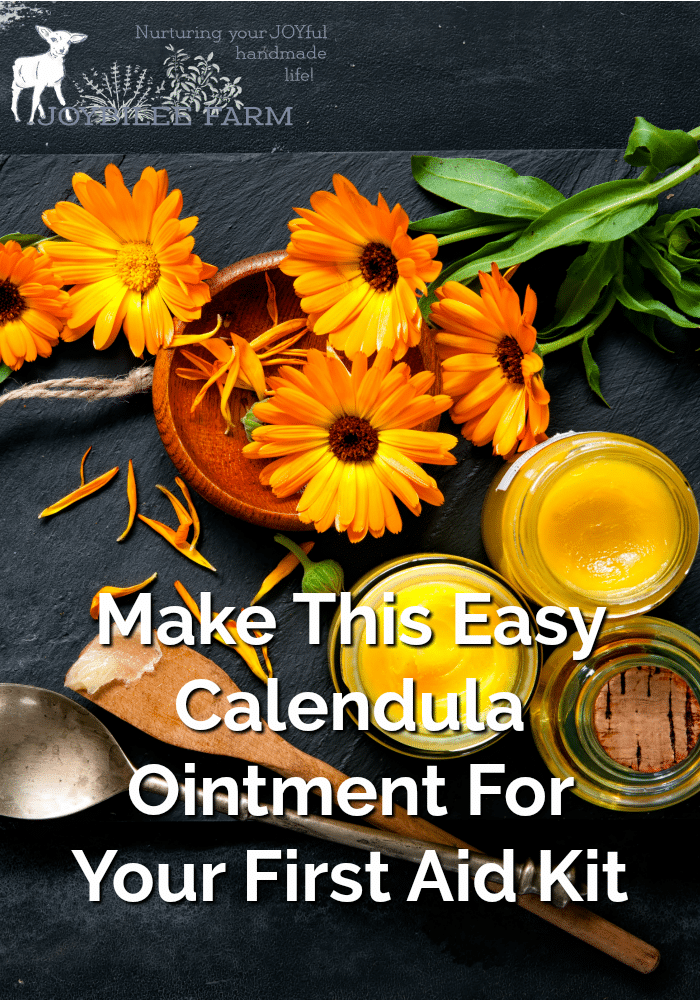
Properties of calendula for skin healing
Calendula officinalis, also called pot marigold, is a hardy annual herb that has a bushy habit and will become leggy unless you pinch it back. The flowers, stems, and leaves have a slightly sticky quality from a plant resin that contains anti-inflammatory properties, in addition to unique antioxidant compounds. Find out more about the healing virtues of calendula here.
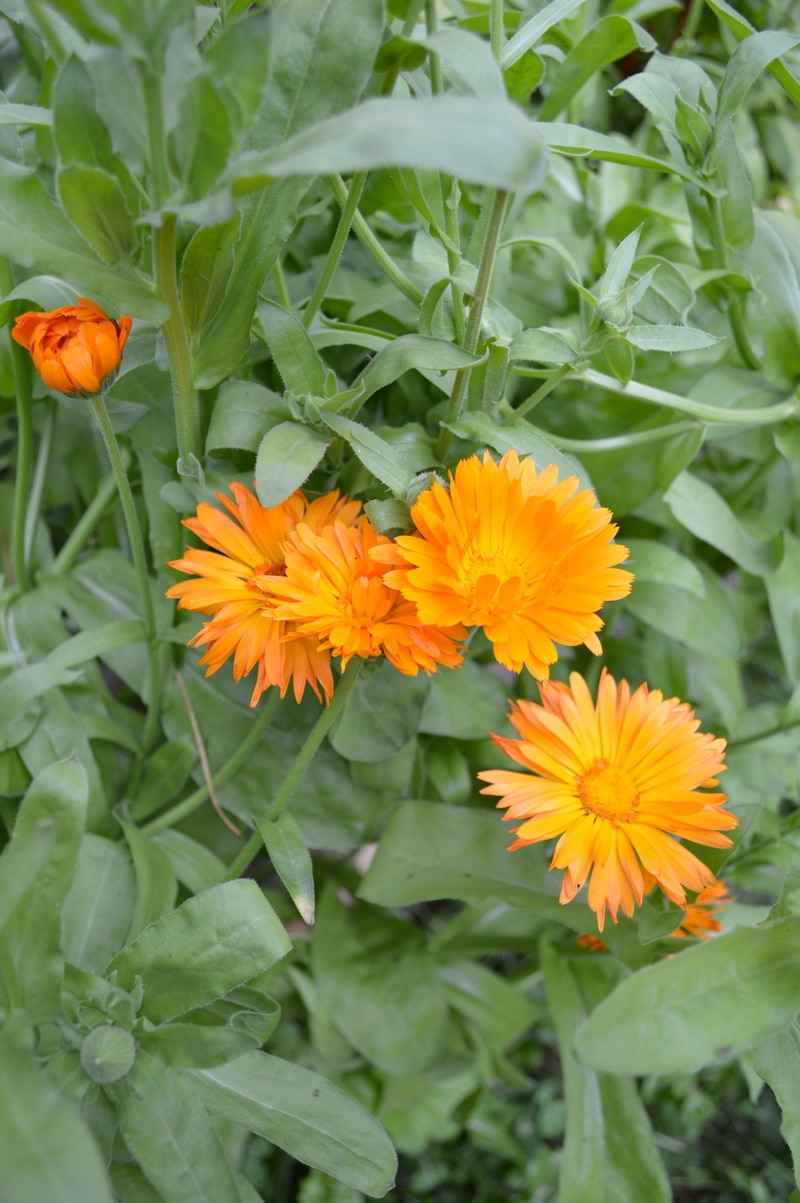
During the Civil War, calendula petals were often used to stanch wounds because of its highly antiseptic saponins and flavonoids. Today herbalists still use calendula salve for dressing wounds and sores.
An infused oil of calendula petals can be used to treat slow-healing wounds, ulcers, and minor burns, as well as skin irritations, bruises, and sprains.
What is the difference between an ointment and a salve?
Technically, a salve is also an ointment that is used on the skin. Ointments contain oils or fats, but no water. Unlike creams, they do not blend with the skin but form a separate layer over it. Often used where the skin is weak or soft, ointments give protection from additional moisture. This is why ointments are often used for diaper rash and other moisture exacerbated rashes.
The world salve and ointment are often used interchangeably. Some folks try to define these terms as different things or with slightly different characteristics, but the words are used interchangeably and often follow regional preferences. Both mean an oily substance used for soothing the skin and for medicine. Other distinguishing characteristics between the words salve and ointment are regional difference and not universal.
General ointment instructions
Making a salve or ointment is a two-step process. First, you need to make infused calendula oil before you can make a calendula salve.
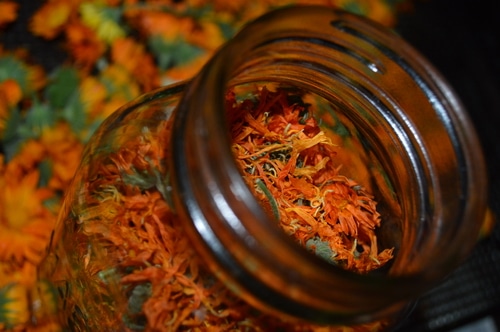
Step 1: Make an infused oil using calendula flowers and a carrier oil
To make calendula salve you’ll begin with an oil infusion. Oil infusions are made by pouring olive oil or sweet almond oil, over fresh or dried herbal material. You can infuse flowers, leaves, or roots in a carrier oil to extract their beneficial properties. If you plan to use fresh blossoms or plant parts, allow them to wilt overnight before infusing. This will minimize the risk of mold showing up in the jar of infused oil.
The carrier oil you use will determine the shelf life of your infused oil. Precious oils like rosehip seed oil or argan oil with a short shelf life will shorten the life of your infused oil and any salve you make from it. Using carrier oils with a long shelf life like extra virgin olive oil, sweet almond oil, or jojoba oil ensures that your finished calendula salve will have a long shelf life, too.
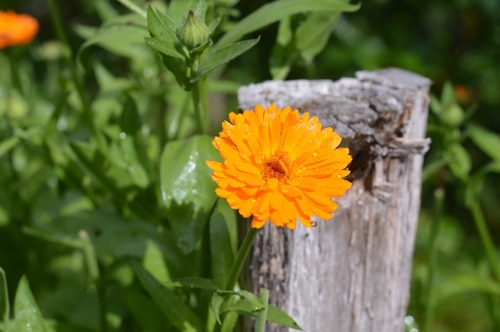
It is best practice to add 1/4 teaspoon of vitamin E oil to each quart batch of infused oil to protect it from rancidity.
Vitamin E can be sourced from wheat germ, soy beans, safflower, or sunflower seeds. If you or a family member has an allergy, be sure to determine the source of your vitamin E before adding it to your beautiful infused oil.
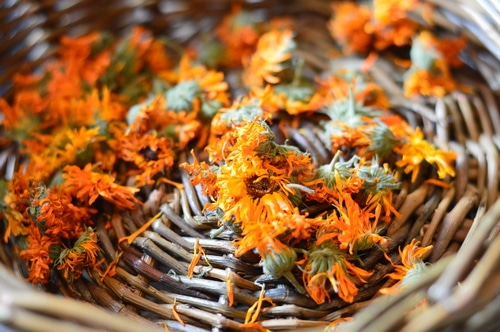
Step 2: DIY calendula ointment for first aid
This is the easiest first aid salve that you can make, requiring only the infused oil and beeswax. Use 2 tablespoon of beeswax for every cup of infused oil for a spreadable consistency that isn’t too hard to go on easily.
For a more luxurious ointment, I like to add cocoa butter for its soothing emollient action. This recipe has a 2% essential oil dilution for total body use. If you are making this for use on the face use 1/2 the amount of essential oil for a 1% dilution which is recommended for facial use. The essential oil may be omitted. Calendula alone has therapeutic benefit.
Equipment:
- 4 x 2 ounce glass jars with caps
- glass measuring cup
- saucepan
- wooden stirring spoon or spatula
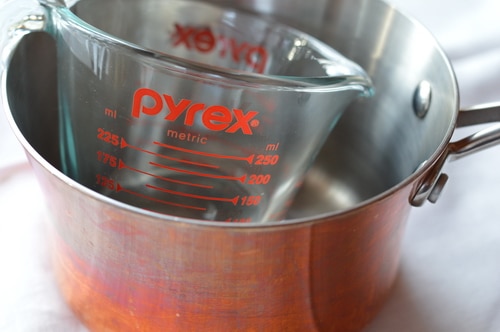
Ingredients:
- 3/4 cup +2 tablespoons of calendula infused oil (olive or sweet almond)
- 2 tablespoons of beeswax
- 50 drops of lavender essential oil
- 70 drops of tea tree essential oil
- 1/4 teaspoon Vitamin E oil
Directions:
- Make a double boiler using a glass measuring cup and a saucepan.
- Place the beeswax and infused oil together in the glass measuring cup. Heat the saucepan over medium heat till the beeswax melts completely.
- Add vitamin E oil and mix thoroughly.
- Remove from heat. Add the essential oils and stir.
Pour the finished salve into four- 2 ounce (60 ml) glass jars. Allow the salve to cool completely before completing the lids. Label and date. Calendula ointment for first aid will keep for 1 to 2 years when stored at room temperature in a cool, dark place. Keep it away from heat once the jar is opened.

To Use Calendula Salve for Skin Care
Use this ointment for wounds, cuts, scrapes, sprains, and skin eruptions. Calendula salve is safe to use as often as required. Make several jars, it makes a great addition to your herbal first aid kit and to your emergency kit.
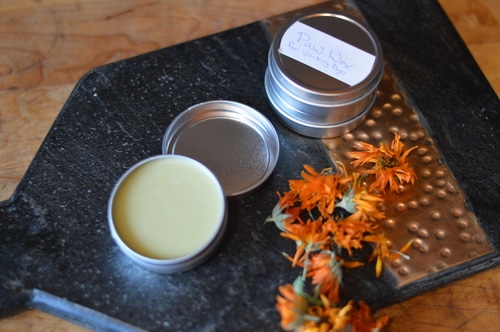
Calendula is for our pets, too
Calendula is the idea herbal remedy for rough, winter paws and salty, slippery side walks. Calendula dog paw wax keeps our best friend’s paws from injury during the winter. And it helps those faithful paws heal faster if they do get injured. Grab the recipe here. Make some when you are making your own calendula first aid salve and you’ll be ready when you need it.
Other Skin supporting herbs for ointments and salves
- Arnica
- Capsicum
- Chamomile
- Chickweed
- Elderflower
- Plantain
- Stinging Nettle
- Pine Needle
- Calendula
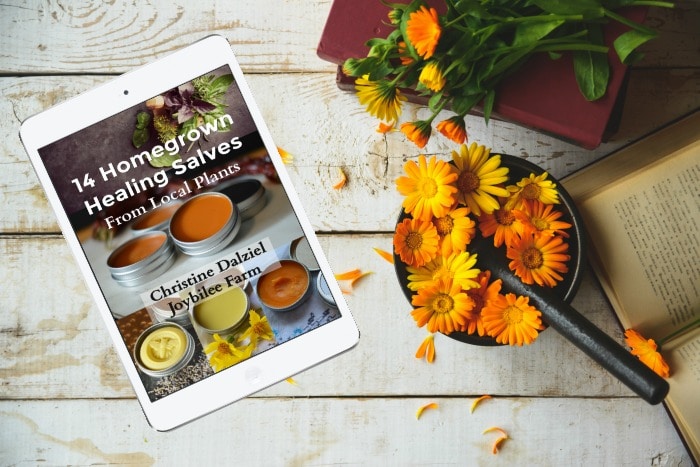


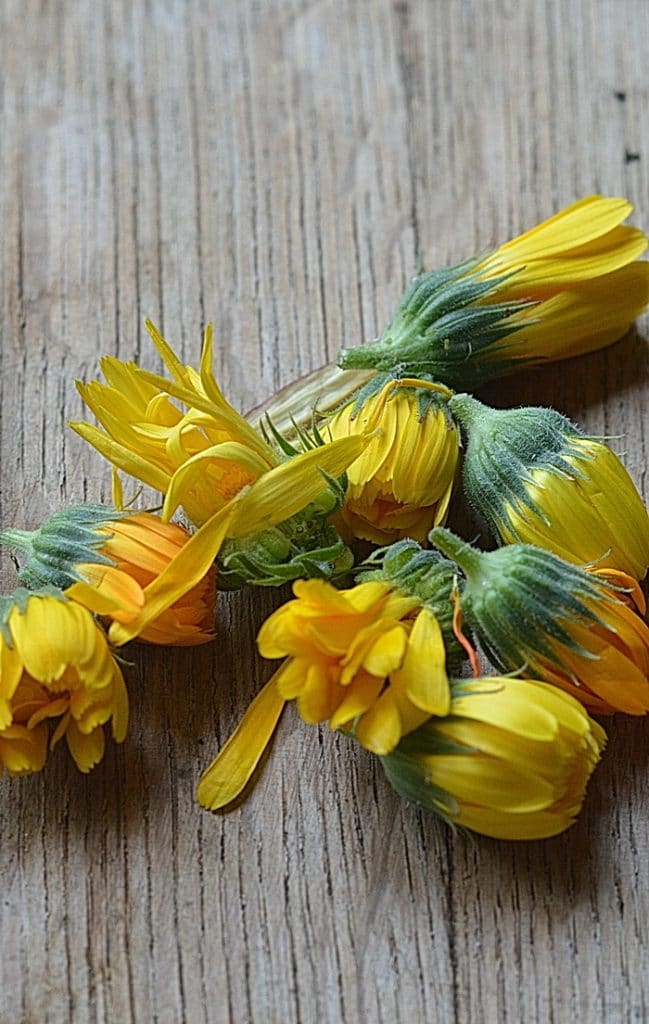


Your recipes are very interesting, but why on earth do you give all measurements as cups or tablespoons? It’s very imprecise to have, say, 2 tblsps of beeswax. Weight is much easier and more accurate, surely?
I really love the tips and recipes being I am new to this:)
Only problem is I don’t see in the article how long you suggest for an infusion time for the herb oils. I have seen some speed up the process with letting herbs simmer on stove for a time and then let sit for a couple weeks or just let sit in sunny place for 4-6 weeks. What do you do?
Hi,
Where can I purchase the calendula salve, I am unable to make it at this time.
Thank you!
Xenia
What a great article with excellent advice. Thank you so much.
If you mix 15ml moringa pulp with it it boost the cream about 5times